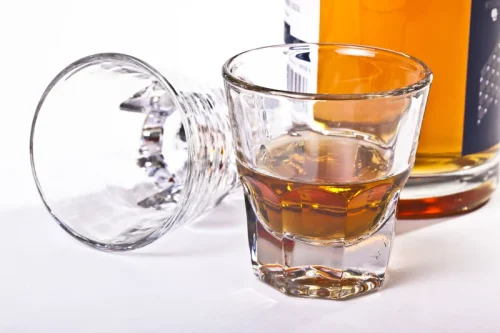
The length of your hospital stay depends on the severity of the alcoholic ketoacidosis. It also depends on how long it takes to get your body regulated and out of danger. If you have any additional complications during treatment, this will also affect the length of your hospital stay. However, following senior medical review, given a recent history of drinking alcohol to excess, the diagnosis of AKA was felt more likely. Whilst a decreased conscious level may have been expected, our patient was lucid enough to report drinking one to two bottles of wine per day for the past 30 years, with a recent binge the day prior to admission. Ongoing treatment in an intensive care unit might be necessary, depending on the condition’s severity.
Symptoms of DKA
Patients often need hydration, potassium repletion and dextrose injections to stimulate insulin production. Every patient is different, and careful monitoring is essential during the treatment process. If you have diabetes and have glucose testing supplies https://ecosoberhouse.com/ on hand, check your blood sugar. If it is 240 mg/dL (milligrams/deciliter) or higher, use an over-the-counter ketone test kit to check your urine for ketones every four to six hours. You should also test for ketones if you have any of the symptoms of DKA.

Symptoms and Signs of Alcoholic Ketoacidosis
As you might already know, those with type one diabetes are unable to produce enough insulin. Without insulin injections, they’re likely to end up in a state of ketoacidosis. Laboratory tests are essential in diagnosing alcoholic ketoacidosis (AKA). A doctor may order an arterial blood gas test to evaluate the acidity levels in your blood. This test measures the pH and the levels of oxygen and carbon dioxide in your blood, giving your healthcare provider insight on potential issues with your body.
Difference of Fruity Breath Related to Liver Disease
Patients are usually tachycardic, dehydrated, tachypneic, present with abdominal pain, and are often agitated. This drop in blood sugar causes your body to decrease the amount of insulin it produces. Your cells need insulin to use the glucose in your blood for energy. If they can’t use glucose because there’s not enough insulin, your body switches to another method to get energy — breaking down fat cells.
Understanding Alcohol Use Disorder

Diabetic ketoacidosis is characterized by a serum glucose level greater than 250 mg per dL, a pH less than 7.3, a serum bicarbonate level less than 18 mEq per L, an elevated serum ketone level, and dehydration. About one-third of all cases are in persons without a history of diabetes mellitus. Appropriate treatment includes administering intravenous fluids and insulin, and monitoring glucose and electrolyte levels.
Metabolism of ethanol
- Detection of acidosis may be complicated by concurrent metabolic alkalosis due to vomiting, resulting in a relatively normal pH; the main clue is the elevated anion gap.
- Ketones are a type of acid that form when the body breaks down fat for energy.
- The condition is an acute form of metabolic acidosis, a condition in which there is too much acid in body fluids.
- Apart from the risk of alcoholic ketoacidosis, alcohol can cause spikes in blood sugar.
- In addition to confusion and agitation, alcoholic ketoacidosis may progress to encephalopathy, which is a condition where the normal functioning of the brain becomes impaired.
The absence of hyperglycemia makes diabetic ketoacidosis improbable. Patients with mild hyperglycemia may have underlying diabetes mellitus, which may be recognized by elevated levels of glycosylated hemoglobin (HbA1C). If a person’s ketone levels are high, they should seek immediate medical treatment. A more recent abstract alcoholic ketoacidosis smell from 2014 also agrees with the effectiveness of using a breath test to screen for blood glucose levels. It most often occurs in a malnourished person who drinks large amounts of alcohol every day. The condition is an acute form of metabolic acidosis, a condition in which there is too much acid in body fluids.
Signs and symptoms of alcoholic ketoacidosis

Leave a Reply